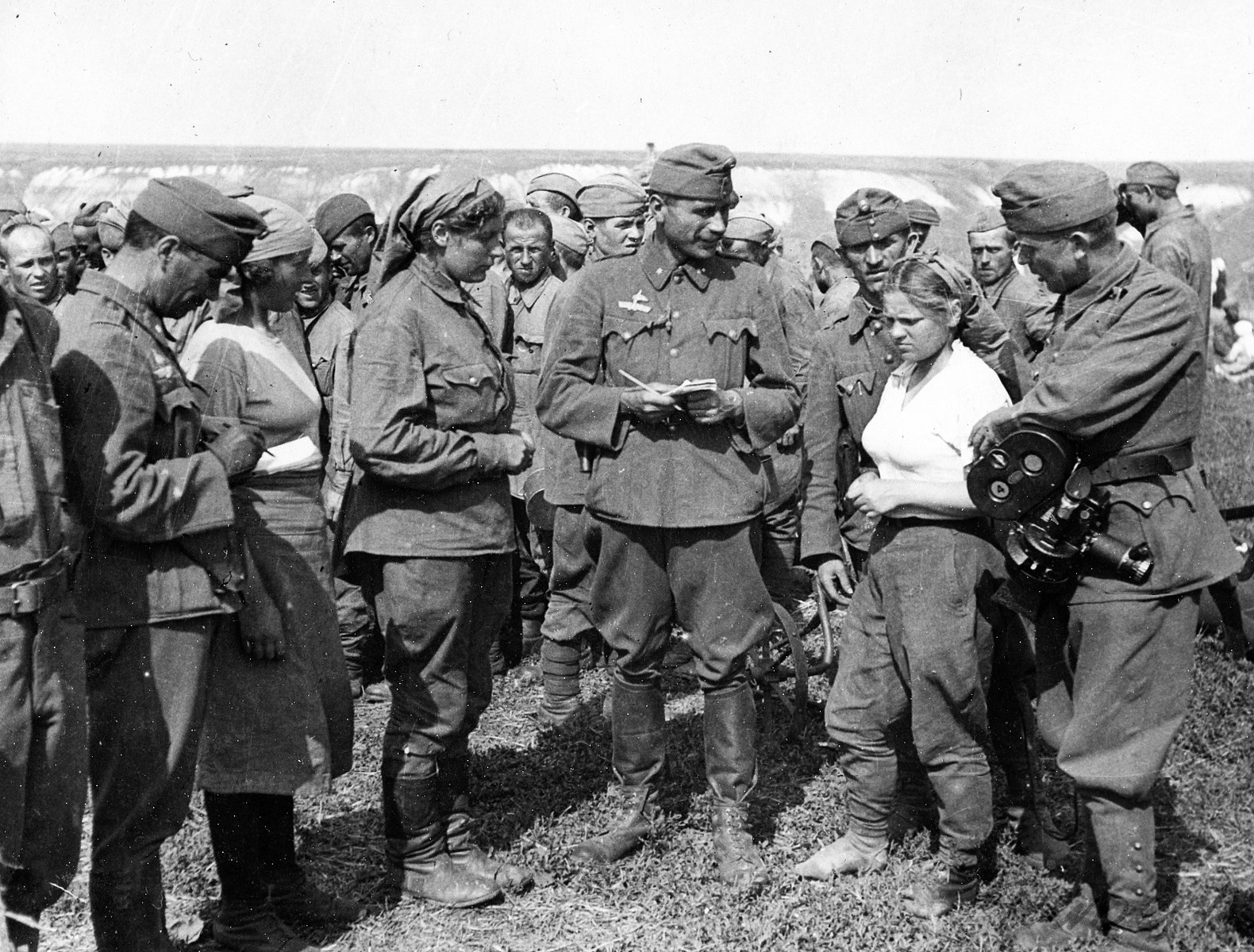JANUARY 14, 2022 – Our DNA evolved to accommodate “fight” when our ancestors dropped from the trees of Africa. The word still describes a central element of our personalities—individual and societal. “Fight,” some argue, is as essential to our survival as is “flight.” I harbor hope, however, that we’ll evolve enough socially and emotionally to embrace cooperation as a more reliable—if not essential—path out of our deepest crises.
As I face my personal health crisis, I’m betting on treatment for successful “flight” not so much “fight.” Last night, “fight” seemed fanciful—something beyond my capacity.
All of which might surprise you when I divulge that among my distractions from disease are . . . WW II movies.
Yes, war movies. But cut me slack. With a few notable exceptions, I’m not thinking “Hollywood” films that highlight over-developed biceps, high-tech weaponry, and ear-shattering explosions. I’m thinking of foreign-made war movies (Dutch (The Forgotten Battle – Netflix); Russian (Star Media and Epic Media productions reviewed on this blog).
These foreign films include their share of bombardments, strafing by aircraft, and horrific wounds and suffering, but the central purpose of these films is to explore the hearts, minds, and souls of people in roles that in one form or another, at one time or another, are foisted on all of humanity.
Of course, the villains exude evil—as “real” in this world as is “good.” Depending on the context and character, however, the viewer must struggle with the origins of evil: is it innate in the character or acquired—and if acquired, how and why? Often these agents of evil are more complicated than a “born-to-hate,” stereotypical, Ubergruppenführer. They’re ordinary soldiers or lower-ranking Wehrmacht officers on the Eastern Front, trying to survive into the next day—or hour. Are they really evil?
The most critical characters, however, are non-combatants whose lives have been upended irreparably by all-out war, the ultimate displacement of normalcy. People under such conditions are torn in all directions, torn apart every which way. Trapped among choices that aren’t choices, these suffering souls must choose nonetheless. Step this way and get shot in the front of the head; step that way and get shot in the back of the head. Misjudge the humanity of a Wehrmacht corporal living in fear of being executed for disobeying a command and . . . game over. Misgauge an SS officer’s demonstrated fondness for the beauty of Bach and cooperation with the devil leads to execution nonetheless.
I find close connections between (a) the dilemmas posed and horrendous suffering depicted by these war movies; and (b) the inescapable challenges that I now confront to stay alive. As with so much in life, simple solutions—including surrender—aren’t available. Last night I experienced this reality through bouts of pain, spikes in temperature, and a late call with nurse Cecilia, patron saint of musicians. As in the case of war movie characters, all goals and longings of my life were reduced to a single objective: live for another round of daylight.
(Remember to subscribe to this blog and receive notifications of new posts by email.)
© 2022 by Eric Nilsson
